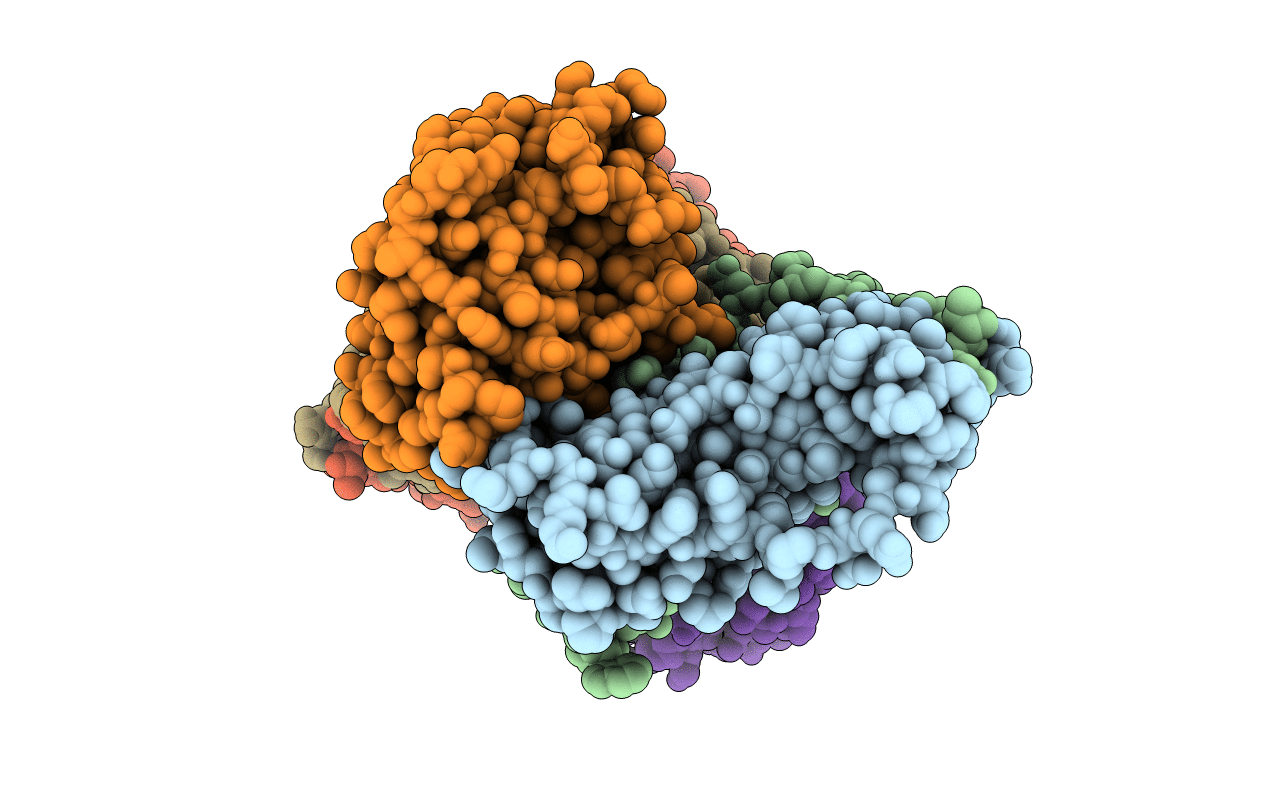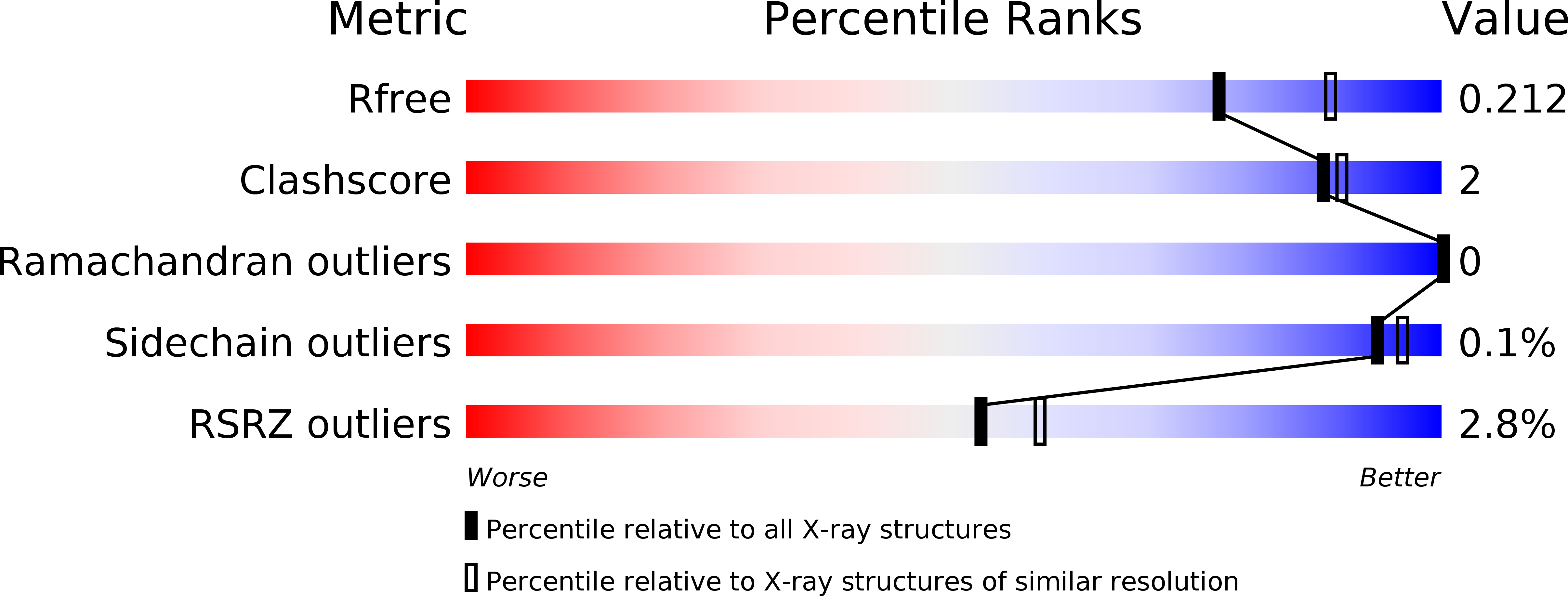
Deposition Date
2014-07-27
Release Date
2014-08-13
Last Version Date
2023-12-27
Entry Detail
PDB ID:
4U65
Keywords:
Title:
Structure of the periplasmic output domain of the Legionella pneumophila LapD ortholog CdgS9 in complex with Pseudomonas fluorescens LapG
Biological Source:
Source Organism:
Legionella pneumophila subsp. pneumophila (Taxon ID: 272624)
Pseudomonas fluorescens (Taxon ID: 205922)
Pseudomonas fluorescens (Taxon ID: 205922)
Host Organism:
Method Details:
Experimental Method:
Resolution:
2.10 Å
R-Value Free:
0.21
R-Value Work:
0.17
R-Value Observed:
0.17
Space Group:
P 1 21 1


